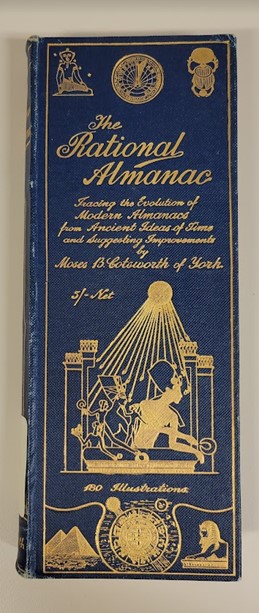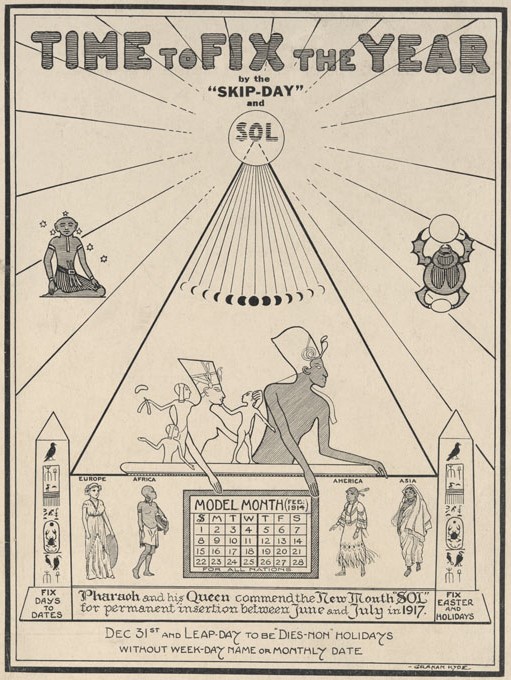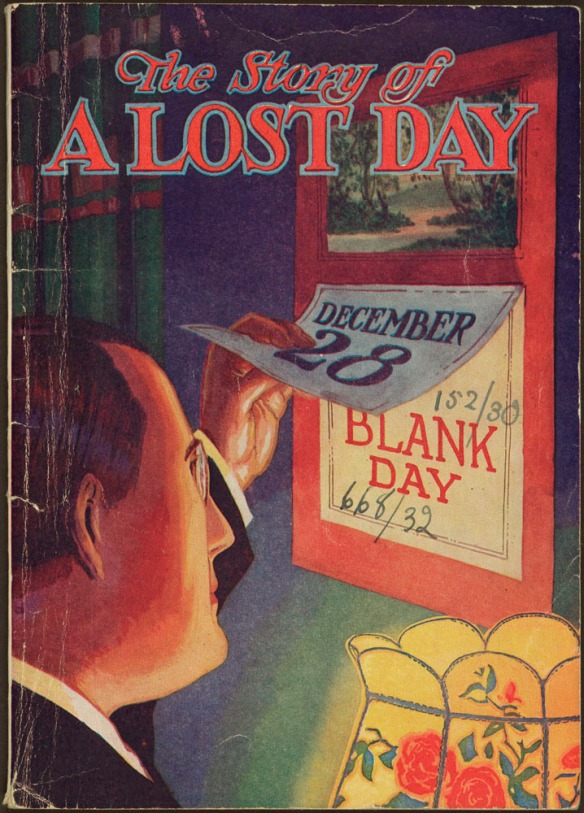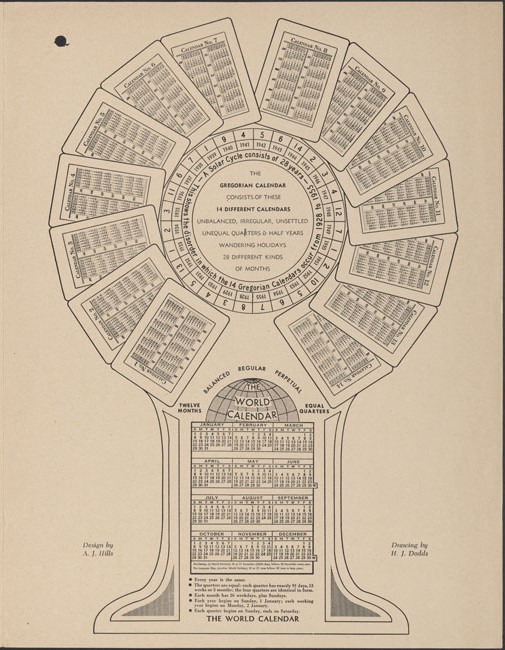By Forrest Pass
For those of us stuck in the throes of a Canadian winter, it seems cruel to add an extra day to the month of February. We might well ask why a day isn’t added to the summer holidays instead. In fact, two proposals to reform the calendar would have done just that, and as records at Library and Archives Canada show, the Government of Canada was open to the change.
February’s “Leap Day” is the last survivor of an ancient tradition of “intercalary days”—dates added to keep the calendar in sync with astronomical observations. Early calendars based on the 28-day phases of the moon lost time when compared to the summer and winter solstices and spring and autumn equinoxes. Intercalary days filled the gap. In ancient Rome, however, politicians used the addition of intercalary days for political advantage: would you vote for a candidate who promised you more holiday time, or a few more days to pay off a debt?
Gaius Julius Caesar (100–44 BC) hoped to end these tricks with an improved calendar. Based on an Egyptian model, which followed the movement of the sun rather than of the moon, the new “Julian” calendar featured alternating months of 30 and 31 days. Caesar’s February – the last month of the traditional Roman year – had 28 days and an additional intercalary day every three years, later corrected to every four years.
Over two thousand years later, we still use this calendar. True, the Gregorian calendar, introduced by Pope Gregory XIII in 1582 and since adopted globally, corrected for Caesar’s six-minute overestimation of the length of the solar year by eliminating three leap days every four hundred years. However, it did not change the number of months or their lengths, which became a key criticism for modern calendar reformers.
One such reformer was the British-Canadian accountant Moses Bruine Cotsworth (1859–1943). Cotsworth was a “pyramidologist”—part of a community of archaeological enthusiasts who believed that the dimensions and orientation of Egyptian pyramids revealed forgotten scientific truths. Based on this research, Cotsworth proposed a new calendar, first outlined in his 1905 book, The Rational Almanac. Two years later, Cotsworth became head of British Columbia’s Civil Service Commission, and in 1910, he moved from England to Greater Vancouver. His New Westminster, B.C. home served as the headquarters of the “International Almanak Reform League” (IARL).

Moses Cotsworth’s The Rational Almanac: Tracing the Evolution of Modern Almanacs from Ancient Ideas of Time and Suggesting Improvements (OCLC 1006983102). Image courtesy of the author, Forrest Pass.
Cotsworth’s proposed calendar, eventually christened the “Yearal”, consisted of 13 months, each of 28 days. The 13th month, “Sol”, was inserted between June and July. Particular dates fell on the same day of the week: the first of each month was always a Sunday. As the 13 months accounted for only 364 days, Cotsworth proposed a “Skip Day” the last day of the year and a summer “Leap Day” every four years. Both intercalary days would be holidays and, critically, would not be assigned a day of the week to maintain the Yearal’s regularity.
Cotsworth’s campaign found influential supporters. In the United States, George Eastman, president of the Eastman Kodak photographic company, eagerly endorsed the Yearal, and Kodak would use a 13-month calendar for internal accounting purposes until 1989. At home, Sir Sandford Fleming, the Canadian inventor of standard time zones, agreed to serve as honorary president of the IARL. In 1925, a federal advisory committee recommended adoption of the 13-month calendar, which the government quietly instructed its delegates to support at the League of Nations’ Fourth General Conference on Communication and Transit in Geneva, Switzerland in 1931. Cotsworth even joined the Canadian delegation as a technical advisor.

Using ancient imagery to sell a modern calendar. Illustration by Graham Hyde in The Fixed ‘Yearal’ Proposed to Replace Changing Almanaks and Calendars by Moses B. Cotsworth (New Westminster, B.C.: International Almanak Reform League, 1914). (e011783160)
The illustrations of Cotsworth’s pamphlets linked the Yearal project with the lessons of the Great Pyramid and the Sphinx. His critics responded with publications that were also visually attractive. Alongside Cotsworth’s materials, the Department of Justice file on the 13-month calendar includes a brightly coloured booklet entitled The Story of a Lost Day by the Seventh-day Adventist writer Francis D. Nichol.

A religious response to calendar reform. Cover of The Story of a Lost Day by Francis D. Nichol (Mountain View, CA: Pacific Press Publishing Association, 1930). (e011783161)
Nichol’s main concern with the calendar was religious. The addition of Skip Day, falling annually between Saturday, December 28, and Sunday, January 1, made eight days rather than seven between the last Sabbath of the old year and the first of the new. This objection from Seventh-day Adventists, some other Christian churches and Orthodox Jewish groups explains international reluctance to adopt Cotsworth’s plan.
The Yearal also had a new rival. The “World Calendar”, first proposed by American rubber heiress Elisabeth Achelis in 1930, retained the Gregorian calendar’s 12-month structure but standardized the length of each season, or “quarter”, at 91 days. Together the four quarters made 364 days; an international holiday called “Worldsday”, falling annually between December and January, corrected the shortfall. World Calendar dates also fell consistently on the same days of the week from year to year. Thus, Achelis’ calendar retained several features of Cotsworth’s Yearal, including a summer leap day every four years, but without the addition of a controversial 13th month.
The World Calendar’s Canadian booster was Arthur J. Hills (1879–1971), an executive at Canadian National Railways, labour relations expert and chair of the World Calendar Association’s Canadian Affiliate. Working through his professional network, Hills convinced many business and labour leaders to support the World Calendar.

Arthur J. Hill’s “ingenious diagram” illustrating the “unbalanced, irregular, unsettled [and] unequal” Gregorian calendar and promoting the World Calendar, “a perpetual system, with every year identical.” (e011783162_s1)
Almost 70 years later, the challenge for any would-be calendar reformer remains to correct the inconsistencies of the existing calendar without interfering with the traditional calculation of religious observances. As Moses Cotsworth and Arthur Hills found, it’s a trickier puzzle than it might appear—just the thing, perhaps, for some cocoa-coaxed contemplation on a wintry Canadian Leap Day!
Forrest Pass is a curator with the Exhibitions teams at Library and Archives Canada.
